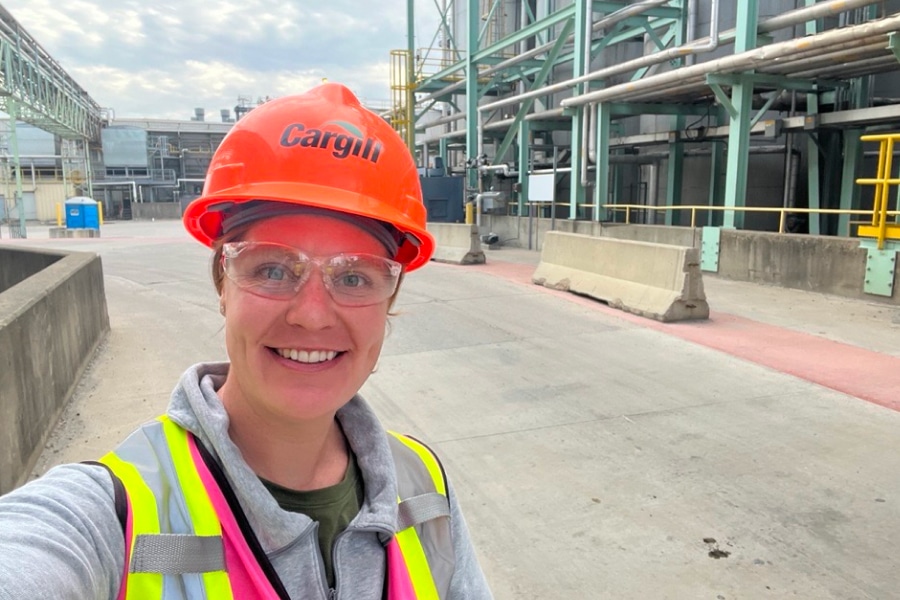Andrew Kline is an instructor of construction management at the Cal Poly College of Architecture and Environmental Design in San Luis Obispo, California.
There, Kline teaches courses on BIM and VDC, jobsite management and fundamentals of construction, among others.
In each, Kline said he teaches Bluebeam Revu to students of varying levels of expertise. The Bluebeam Blog spoke to Kline about how he uses Revu in the classroom and other industry topics.
Edited excerpts:
Bluebeam Blog: How are you using Revu in the classroom?
Andrew Kline: In our fundamentals class we introduce them to Bluebeam. They are required to learn how to do takeoffs for the very first time just with pencil and paper. But after they learn the basics of that we go straight into Bluebeam and just start using some of the markup as well as the takeoff tools—just to show them how clearer and more accurate an estimate can be in there.
It’s just amazing how quick they can pick up a concept of a takeoff using Bluebeam rather than a plan set. They’ve already got this technology background. We’re just pointing them to the tool and how they can use it on a jobsite or in the office.
Then, in our BIM class, we get into a little bit more detail introducing them to Studio and Sessions, and we really just try to emphasize what tools they’re going to be using on a jobsite. It’s a lot of markups, but we get into document management, document processing and RFI submittals. Really, it’s kind of a crash course on document control using a lot of the Bluebeam tools.
Bluebeam Blog: What other types of technologies are you teaching in your courses?
Andrew Kline: We’re using a lot of Procore, just as far as jobsite workflow. But then we teach Revit, AutoCAD, Tekla, Assemble, BIM 360. Our BIM class that I touched on is really a big bootcamp. We covered 10 software platforms in 10 weeks. The first software we go over is Bluebeam, just because we integrate Bluebeam into all the different tools as well. It can speak directly to your Excel takeoff and even into Revit with 3D PDFs. We try to show that relationship between the tools as well.
Bluebeam Blog: Do you find for some of the workflows or tools that it’s worthwhile to teach them the old way of doing things before technology took over?
Andrew Kline: I do. I think with estimating they need to know how to read a plan set first, and really how to estimate or organize with a pen and paper before getting into Bluebeam. But there are things too that I would never put my students through, like document control as far as stamping drawings and post manually gluing and posting RFIs on a document.
I don’t think they need to do that, but I just think they’re able to do so much more using Bluebeam tools, and they’re able to do it so much more efficiently where it was just a ton of busy work with my first few years in industry.
Bluebeam Blog: What advice do you give students as they go on to work in industry?
Andrew Kline: The biggest thing I try to emphasize is just how important communication is, because I think technology and the need for instant communication is taking away some of the fundamentals of communicating.
So, I just try to highlight, instead of blasting off an email or even an RFI, how important it is to pick up the phone or even go talk with an architect and discuss what the problem is on site with their foreman or a laborer or somebody first to really understand a situation. I think it’s an easy industry to just push documents forward, but not really understand what is going on.











